Arms, Tubes and Sub-Arms (to Mount Antennas)
Antennas are mounted on arms. They are orthogonal to the surface (mast or wall) and always consist of a pair of two arms, one above the other. At these arms, a tube is mounted vertically. At the tube, there are at least two sub-arms to mount the antennas on the tube.
All elements of the arms and sub-arms are geometrically centered. The cross-section of the tubes is always circular. The tube is open at its ends, see Figure 1.
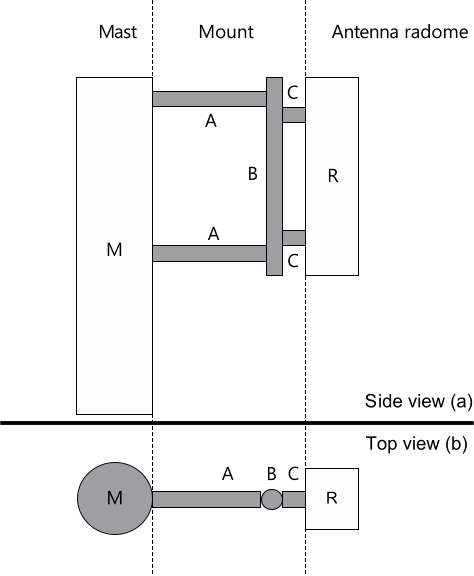
Figure 1. Side-view (a) and top view (b) of the arms (A) mounted at the mast (M). The antenna (R) is mounted with sub-arms (C) at the vertically oriented tube (B).
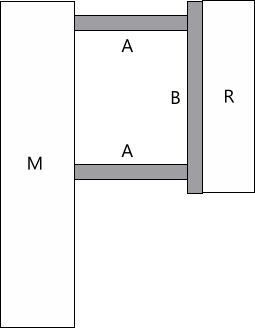
Figure 2. Side-view of the arms (A) mounted at the mast (M). The antenna (R) is mounted without sub-arms at the vertically oriented tube (B).
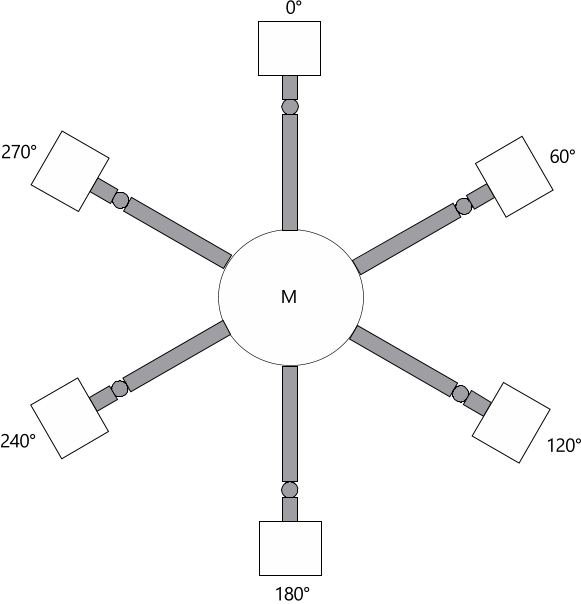
Figure 3. Top view on a configuration with six arms with different azimuth angles
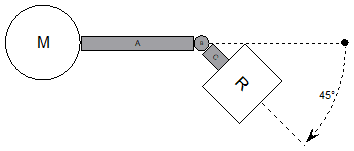
Figure 4. Top view of a 45° azimuth rotated antenna. Antenna (R) and sub-arm (C) are rotated in the horizontal plane around the tube (B). The location of the arms (A) and tube (B) is not influenced.
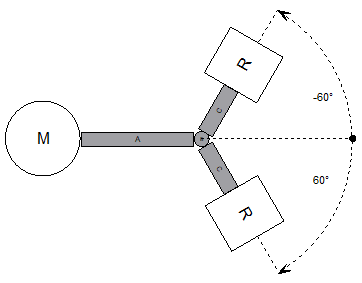
Figure 5. Top view on a configuration with two antennas (R), mounted at one tube/arm. The azimuth of the antennas is ±60°.